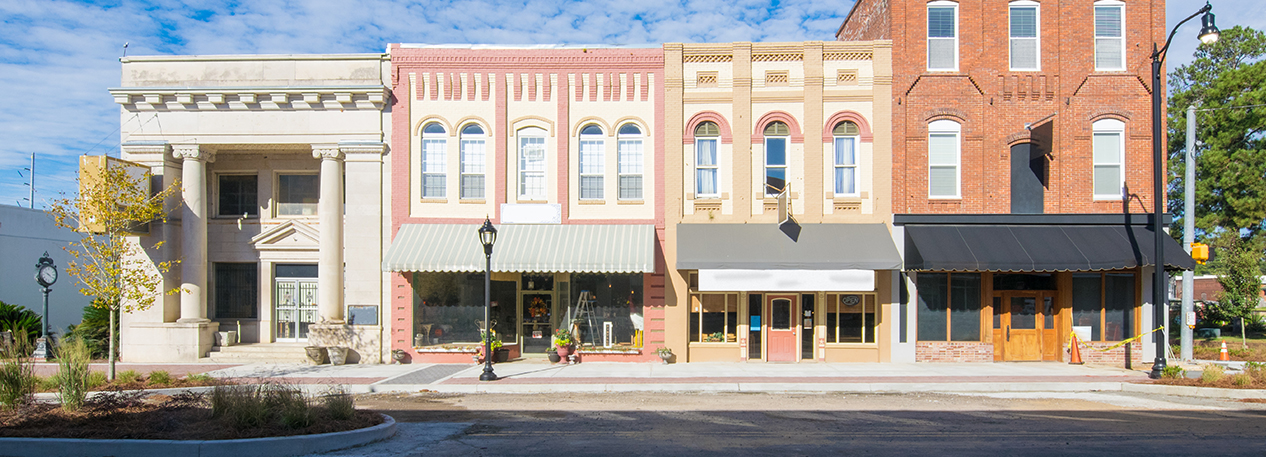Commercial real estate (CRE) has grown rapidly as a share of total U.S. economic activity and is the largest lending category for banks.1 The growth of CRE loans has been particularly dramatic for small and medium-sized banks. CRE is also the riskiest part of bank portfolios, accounting for a disproportionate share of loan charge-offs and bank failures.2 In the years leading up to the financial crisis, CRE lending had climbed steadily, and in the ensuing recession CRE defaults contributed to a greater than normal number of bank resolutions and closures. As we will explore, although an array of entities besides banks originate and hold CRE loans, banks remain especially exposed to their risks and rewards. In this first in a series of occasional articles on CRE lending, we provide an initial lay of the land: Who are the players in the market? What are the various types of CRE loans? Why is CRE lending increasingly attractive? What makes it risky? And why is it again on the upswing?
This article appeared in the Third Quarter 2016 edition of Economic Insights. Download and read the full issue.
[1]We refer to depository institutions, a category that includes both commercial banks and savings and loans, as banks. For the purposes of this article, small banks are defined as those with assets of less than $10 billion, medium-sized banks are those with assets totaling $10 billion to $50 billion, and large banks’ assets total $50 billion or more.
[2]For instance, for 2009, banks had net charge-offs on CRE loans of over $8 billion, representing over 30 percent of all net charge-offs, according to Federal Financial Institutions Examination Council Call Reports. For smaller banks, net charge-offs on CRE loans represented over 50 percent.
View the Full Article